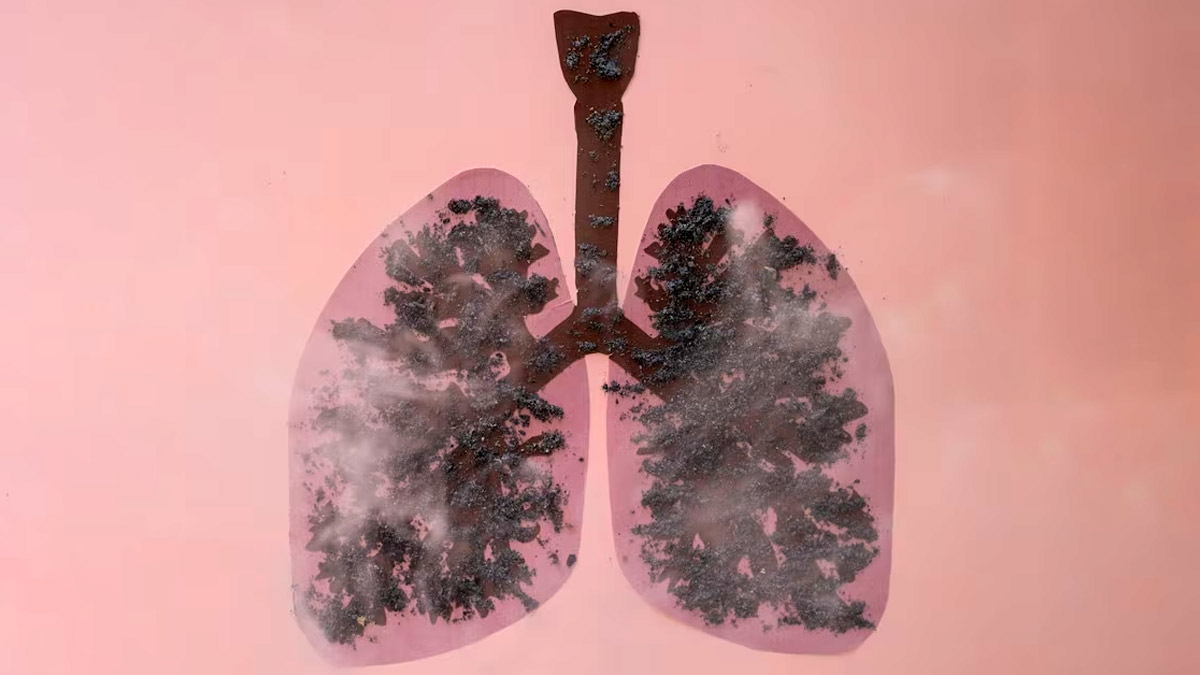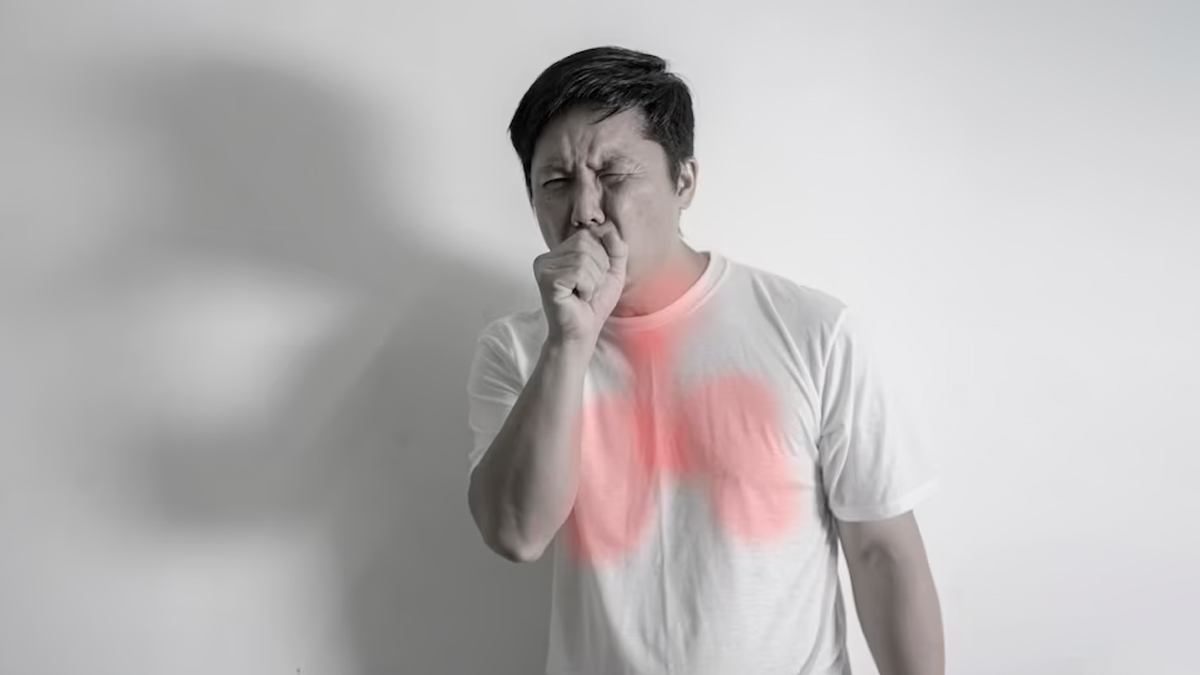

Imagine trying to take a deep breath, only to be met with a feeling of tightness and resistance. This is the harsh reality for individuals living with pulmonary fibrosis. Pulmonologists consider this condition a dangerous and terminal illness, as it is a progressive disease, worsening the quality of life, making the patient symptomatic for a lifetime, and leading to dependence on medications and oxygenation. We spoke to Dr Gopi Krishna Yedlapati, Senior Consultant Interventional Pulmonologist, Yashoda Hospitals, Hyderabad to know more about this condition and its warning signs.
What is Pulmonary Fibrosis?
“Pulmonary fibrosis is a group of lung diseases that affects the connective tissue in the lung and the alveoli, thereby leading to scarring of normal lung tissue,” said Dr Yedlapati.
According to a study published in the journal JAMA Open Network, approximately 13-20 individuals per 100,000 people globally, which includes around 100,000 Americans, are affected by pulmonary fibrosis.

He added that the stiff lung doesn’t expand properly, making it difficult for the patient to breathe. “In this condition, the alveoli, which are the delicate air sacs, start to scar and thicken. These alveoli are supposed to extract oxygen from the atmospheric air,” he explained.
Also Read: Understanding Post COVID “Pulmonary Fibrosis” And Tips To Deal With ItTypes of Pulmonary Fibrosis
According to Dr Yedlapati, there are more than 200 different types of pulmonary fibrosis, and in most conditions, there is no known cause. “One of the common types of pulmonary fibrosis is Idiopathic Pulmonary Fibrosis (IPF), which has no aetiology (set of causes),” he added.
Causes of Pulmonary Fibrosis
“Pulmonary fibrosis is also caused by autoimmune diseases like rheumatoid arthritis, scleroderma or Sjogren’s syndrome. It can also occur when two or more members of the same family have lung scarring, but it is very rare,” stated Dr Yedlapati.
“Pulmonary fibrosis can also be caused by exposure to gases, dust, and hazardous materials. Occupational exposures like silica, jute, cotton, and asbestos particles can also cause pulmonary fibrosis,” said the doctor.
He also mentioned that some drugs can also cause pulmonary fibrosis. Also, therapies like radiation given to cancer patients can lead to this condition.
Warning Signs for Pulmonary Fibrosis
Pulmonary fibrosis is a serious condition that demands vigilant awareness of its warning signs. Dr Yedlapati underscores the critical symptoms that individuals should be attentive to.
While shortness of breath is a common indication, what sets it apart in the context of pulmonary fibrosis is its persistence even during short walks. This inability to catch one’s breath during minimal physical exertion should raise concern. A distressing dry cough that resists conventional cough suppressants is another red flag. This cough’s unrelenting nature may hint at the underlying fibrotic changes occurring in the lungs.

The impact of pulmonary fibrosis extends beyond just physical discomfort. Dr Yedlapati pinpointed extreme fatigue and listlessness as telltale signs. This profound tiredness often stems from the body’s struggle to maintain adequate oxygen levels due to compromised lung function.
Furthermore, unexplained weight loss, accompanied by muscle wasting, is a frequently observed precursor to the disease. This weight loss is distinct, as it’s not tied to dietary or lifestyle changes, but rather to the metabolic toll exacted by the progressing fibrosis.
Also Read: How Can COVID-19 Make The Interstitial Lung Infection Worse?
As the ailment progresses, distinct visual cues emerge. Dr Yedlapati elucidated that cyanosis, a condition characterised by bluish discolouration of the skin, becomes apparent, most notably in the fingertips and lips. This is a result of the lungs failing to sufficiently oxygenate the blood. Alongside this, physical changes manifest in the digits. Clubbing, typified by the rounding and broadening of fingertips and toes, along with the characteristic curvature of nails resembling a parrot’s beak, becomes noticeable.
Management of Pulmonary Fibrosis
“The management can be done by supporting the body by giving supplemental oxygen, which can help the patients breathe better and perform their day-to-day activities effectively,” said Dr Yedlapati.
He added that specially designed lung exercise programs, called pulmonary rehabilitation, can help patients in improving their quality of life. “But the most definitive way of treatment of pulmonary fibrosis is replacing one or both diseased lungs with healthy lungs from a donor, which is called lung transplantation,” he added.
[Disclaimer: This article is for informational purposes only. Consult your healthcare provider to get a thorough diagnosis and treatment as per your health needs.]
Image Credits: freepik
اكتشاف المزيد من ينبوع المعرفة
اشترك للحصول على أحدث التدوينات المرسلة إلى بريدك الإلكتروني.
